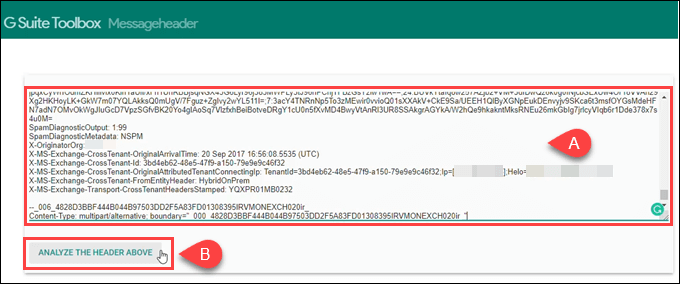

You will find the IP address displayed next to the website name. Open the Terminal application from the Utilities folder, type in the trace IP address command: “ traceroute ” and hit Enter. This will provide you with information about the server and the geolocation of it. Enter the IP address we obtained from the Command Prompt and click lookup. Go to a website such as “ ” and choose the option “ IP LOOKUP ”. This again will reveal the result inside the square brackets next to the url. In the Command Prompt type “ ping.” and hit Enter. Voilà, the IP trace shows the IP address in the square brackets.Īnother method for tracing the IP address is to use the ping command. Then type the command for tracing the IP : “ tracert ” and hit Enter.

But even if we manage to uncover all of this, the trace will not give us a physical location of the user, but rather the location of the internet service provider.Īnother reason why you might want to trace an IP address is to find out where certain emails are coming from to identify where your potential customers are located.īelow are the three methods to trace an IP address:įirst of all, we can use the Command Prompt to identify an IP address and then use an online tool to trace it. Of course an able hacker will do their best to hide their IP address and a spammer might hide using a proxy server, deviating attention from their own actual origin. By tracing an IP address, we can expose the interfering computer and identify the attacker. The danger lies in this simple exchange: as it is easy to send and receive information, hackers and spammers can join these exchanges and interfere. These addresses allow devices to communicate, provided they are connected to a network. IP is short for Internet Protocol, a unique address for each computer in the same way a fingerprint is unique to humans. Why would you need to trace an IP address?
#Iptrace email movie
But in reality, how difficult is it to track an IP address? Moreover, why would you want to trace an IP address in the first place? Let ’ s just make one distinction : while movie geniuses can trace someone to their physical home, our traces are limited to the IP address itself and location of the servers. It reminds us of Hollywood and a team of highly elite techies whose knowledge will save the world from a massive attack. The example is X-Originator-IP which COULD store the IP address of the computer which sent e-mail.Tracing IP addresses sounds like something a digital James Bond would do in his latest thriller. Some web-email-servers implementations have additional headers. The stuff which you can find inside the e-mail headers depends on the e-mail facility used. The easiest (and usually effective) method is checking MX records: host -t MX and comparing them with Received headers.Īnother method to avoid spoofed e-mails is using mail-serves which implemented Sender Policy Framework (you can read more about it here: ) or DomainKeys Identified Mail.īy examining e-mail headers you can determine if sent e-mail is spoofed or not, but you cannot trace the sender's IP address. Let's assume that we got e-mail from and we want to check if it's a fake or not. If Received headers consist of server-names not related to the e-mail domain, then you probably received spoofed e-mail. You should read that headers in reverse orders. Received will tell you about the route, which message took to get to you.
#Iptrace email how to
I'll try to answer to your second question: how to detect fake (spoofed) e-mails.Īll you need is to take a look at your e-mail headers.


 0 kommentar(er)
0 kommentar(er)
